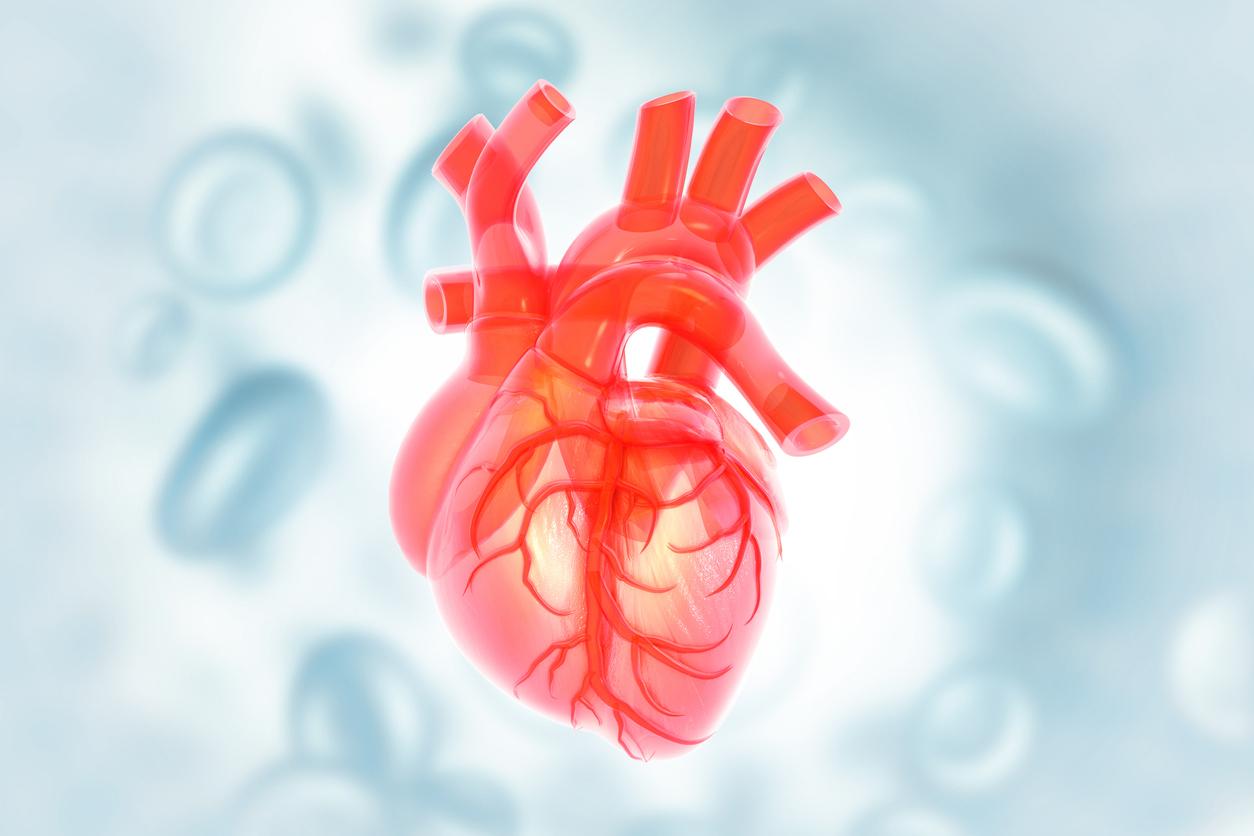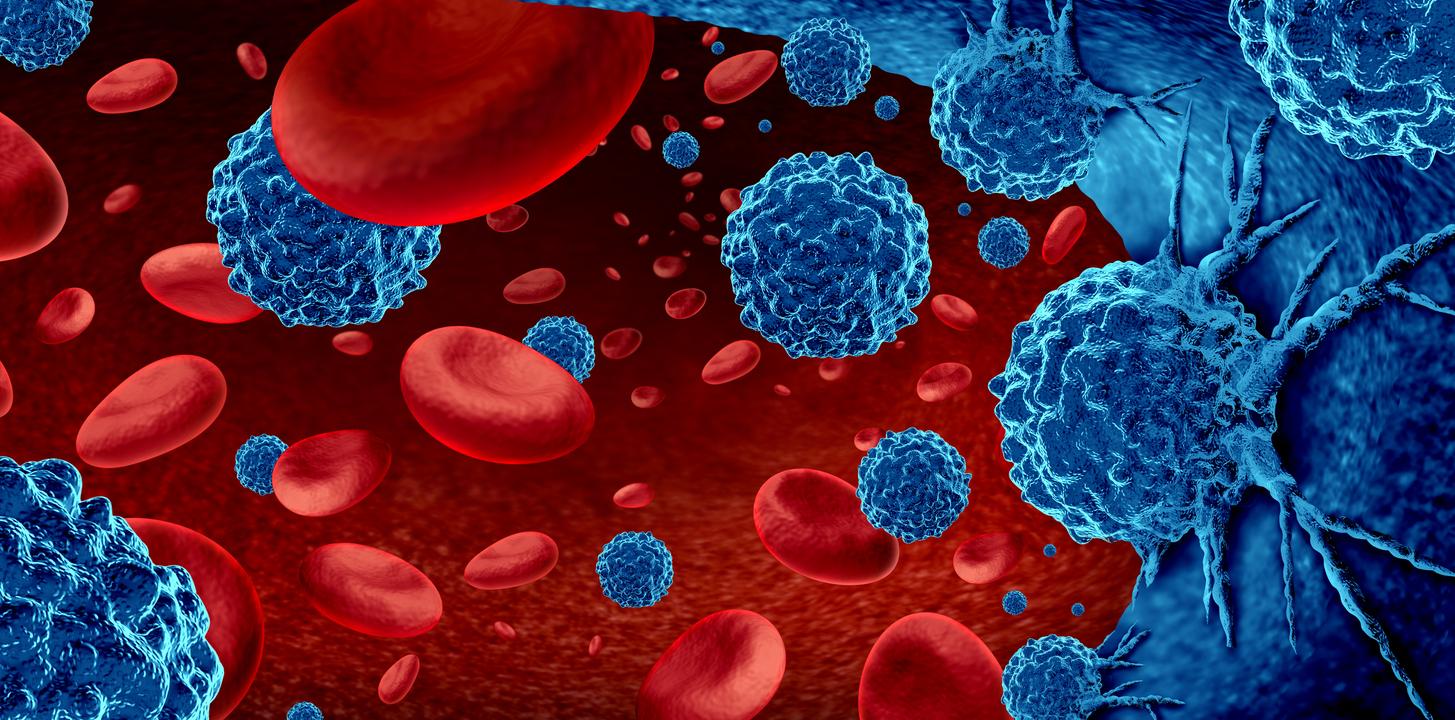
Following in the footsteps of the 1984 Espace, Renault continued in 1991 with a second version which fine-tuned the MPV recipe. Superior standing, rising technology, V6 engine, Quadra transmission and, as a highlight, the Espace F1 prototype are on the program. Back on a dashing thirty-something.
The first generation Renault Espace was a real revolution in 1984. It gave a real kick in the car anthill and allowed to reshuffle the cards of premium in the range of the manufacturer to the diamond. Also, at the time of his replacement in 1991, a crucial question naturally arose: Was it necessary to make an evolution or to remake a revolution? Renault logically opted for the first solution, which is more reassuring for a clientele that has just been won over by a hard fight. The brand has perfected a recipe which will subsequently be very successful.
The TGV of the road!

The tinkered lines of the beginnings (before landing at Renault, the Matra project was proposed to Peugeot) no longer need to be. The second version (internal code J63) is that of maturity. The designers of the diamond soften the style and take care of the aerodynamics. No more added parts, like the door handles inherited from Renault 9 and Renault 11. Make way for flush elements perfectly integrated into the sides. In this vein, the mirrors are harmoniously placed in the continuity of the top of the hood. This gimmick will be a landmark and will then be used in Space 3. The engineers, for their part, grafted the best of the technology of the time to it. Both literally and figuratively, the Renault Espace is ramping up, with a 153 hp 2.8 l V6 PRV engine under the hood, i.e. the ultimate of French production.

Official ambassador of the Albertville Olympic Games in 1992, the Renault Espace Quadra highlights its all-wheel drive on the snow.
A noble block that Space can couple to Quadra all-wheel drive. This top-of-the-range hitch allows the vehicle to earn its TGV stripes on the road. On board, little touches are welcome, such as the three-point seat belts on four of the five rear seats. Indeed, the central element is an exception and must be content with a simple nomadic waist strap, which was already on the first version. But it is above all the lengthening of the template, going from 4.25 to 4.43 m, which offers significantly more ease to families.
When Space flirts with an F1!

The end of the day will obviously be the Espace F1, which will do a lot for the image of this new generation. Presented in 1994 to celebrate ten years of commercialization with great fanfare Renault Espace, this prototype produced in two copies has a very unique interior layout. In the second row, two independent seats frame an atmospheric V10 engine from the world of Formula 1.

With a displacement of 3.5 l, it delivers the trifle of 780 hp to the rear wheels. An anthology mechanic, particularly in terms of the soundtrack, such as acceleration. The car is credited with a 0 to 200 km / h in 6.9 s and can go on the circuit at 310 km / h. Alain Prost in 1995, then Jean Ragnotti in 2002 did not fail to ensure the spectacle at his wheel. Many still remember it.
Sold from 1991 to 1996, the Renault Espace 2 won over 316,518 customers, when its predecessor barely exceeded 190,000 units in seven years on the market. But for the latter, who paved the way, everything had to be done. So let’s not throw stones at him.

















